What are the different types of cages in aquaculture?
Are you trying to meet the world's growing demand for seafood without relying on dwindling wild fish stocks? The answer lies in aquaculture, but building a fish farm on land is a huge investment. Cage systems are the smart solution, letting you farm fish directly in lakes, rivers, and oceans.
Aquaculture cages are enclosures used to farm fish in existing water bodies. The main types include floating cages for calm inland waters, submersible cages for rough offshore conditions, and fully enclosed systems for maximum environmental control. They are built from materials like HDPE, steel, or copper alloys.
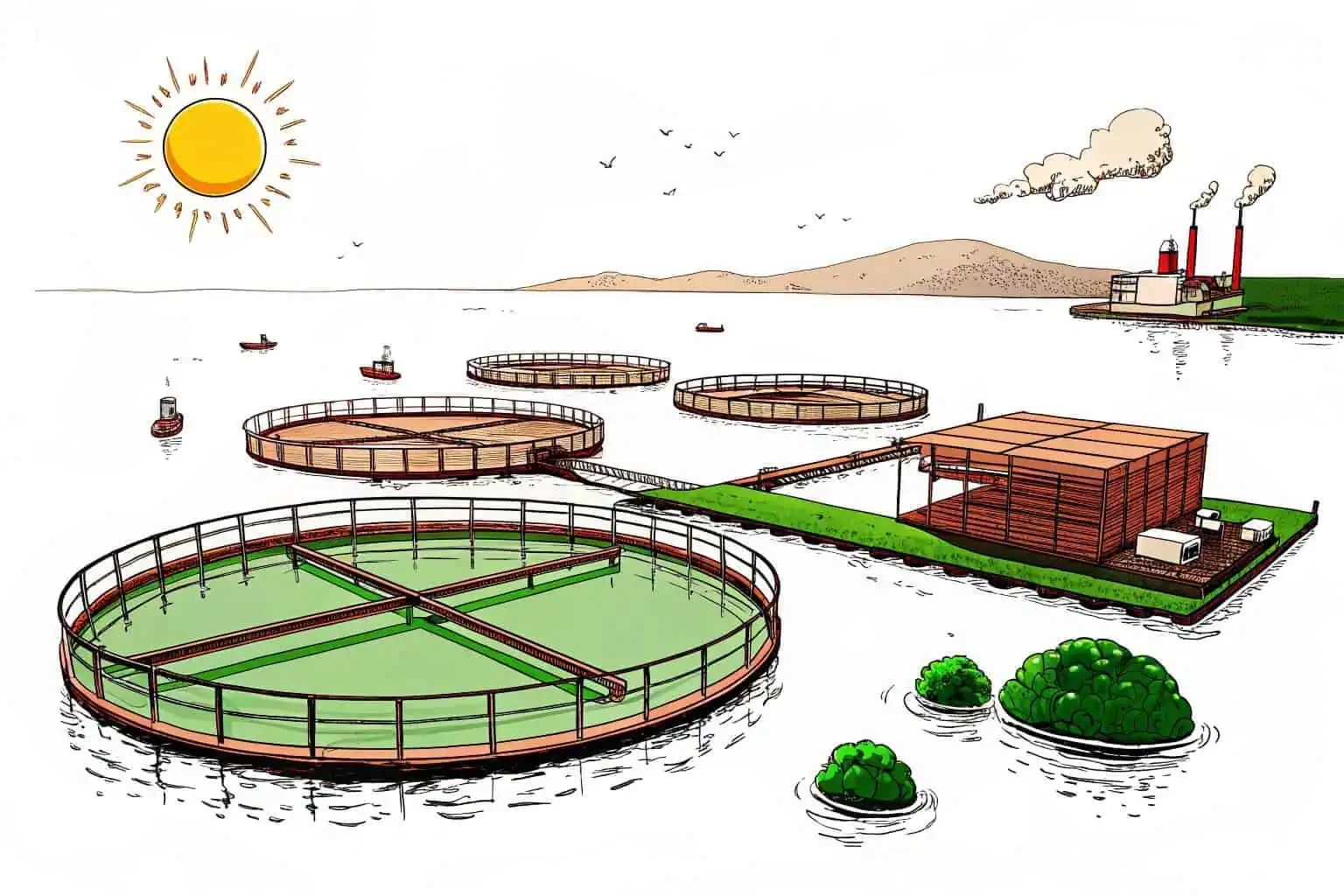
Now that you have a general overview, you are probably curious about the specific designs available and which one might be right for your needs. The technology has come a long way, and understanding the options is the first step toward a successful aquaculture venture. Let's dive deeper into the world of fish cages.
What are the different types of fish cages?
Choosing the right type of fish cage is one of the most critical decisions you'll make. A poor choice can lead to lost stock, environmental problems, and financial strain. To make the right decision, you need to match the cage system to your specific location and the species you plan to raise.
Fish cages are primarily categorized by how they sit in the water. The most common designs are floating cages, which offer easy access; submersible cages, which can be lowered to avoid storms and rough seas; and submerged cages, which remain underwater permanently for maximum stability.
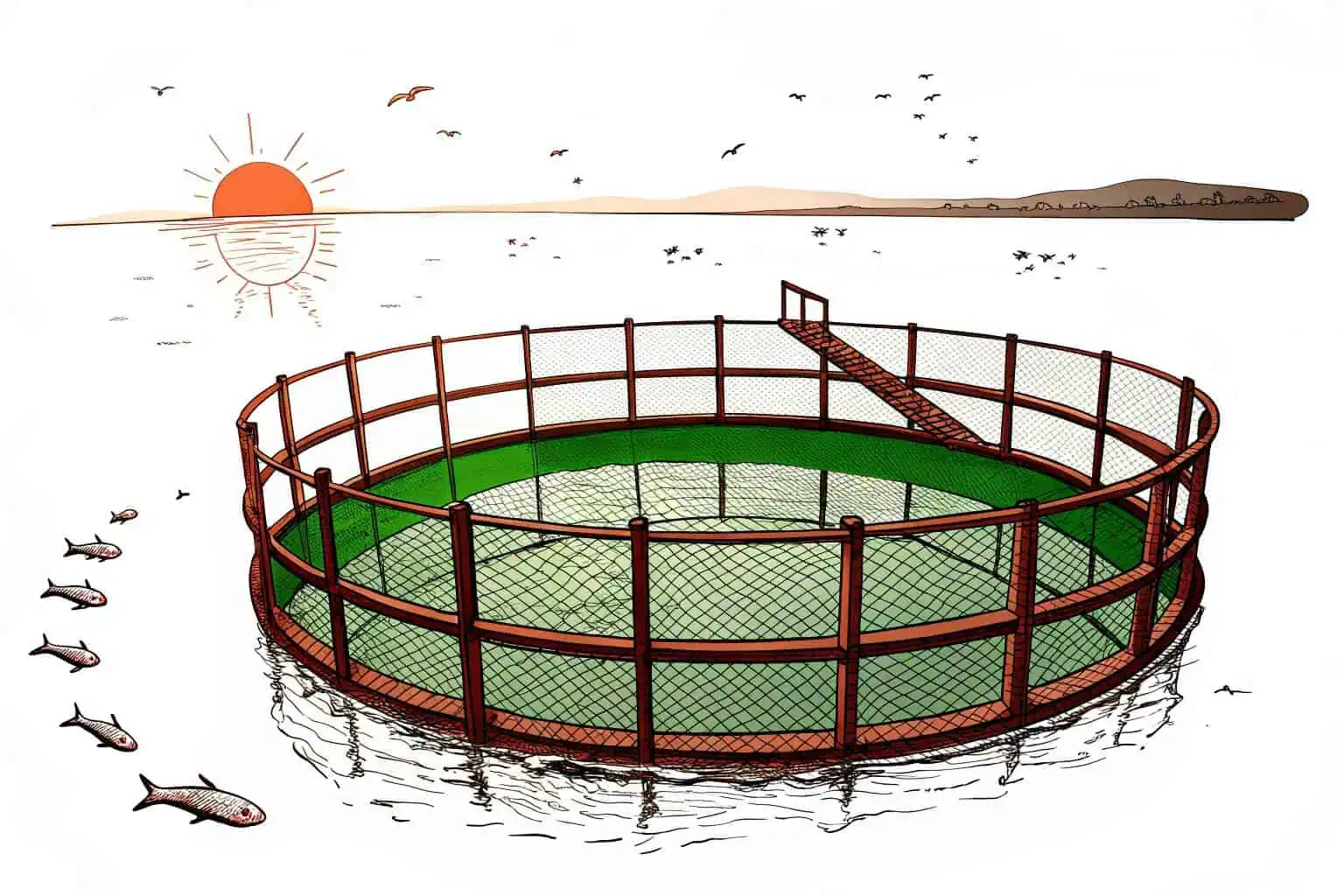
I’ve seen firsthand how critical this choice is for a farm's success. The environment is the biggest factor. A cage that works perfectly in a calm lake would be destroyed in the open ocean. It’s all about picking the right tool for the job. Based on my experience consulting with various fish farms1, the selection process comes down to a few key differences in design and function.
Floating Cages: The Accessible Choice
Floating cages are the most common type you'll see, especially in sheltered areas like bays, lakes, and rivers. They consist of a net bag suspended from a floating collar or frame at the surface. I remember visiting a tilapia farm that used a series of square floating cages in a quiet reservoir. The owner told me that their biggest advantage was convenience. Daily tasks like feeding, observing the fish, and cleaning the nets were straightforward because everything was right at the surface. However, he also shared a story about a freak storm that damaged several of his cages, which highlights their main weakness: vulnerability to bad weather2. They are perfect for calm conditions but risky in exposed locations.
Submersible & Submerged Cages: The Offshore Solution
For farming in the open ocean, you need something much tougher. Submersible and submerged cages3 are engineered for the challenges of offshore environments. Submersible cages can be lowered below the surface to avoid storms or harmful algae blooms, while submerged cages are permanently anchored to the seabed. I once worked with a startup farming salmon in a rough coastal area. They invested heavily in submersible cages. It was a huge upfront cost, but it paid off. When a major storm was forecast, they simply flooded the support pillars and lowered the cages 20 meters below the surface. They avoided any damage or stress to their fish. It was a powerful lesson in how innovative technology can make high-energy sites viable for aquaculture.
| Cage Type | Best Environment4 | Key Advantage5 | Key Disadvantage |
|---|---|---|---|
| Floating | Calm, inland waters | Easy access for feeding/monitoring | Vulnerable to bad weather |
| Submersible | Offshore, rough seas | Can avoid surface storms | Higher cost and complexity |
| Submerged | Deep, open waters | Stable environment for fish | Difficult access and monitoring |
What are the 4 types of enclosures fish can be grown in?
Thinking that aquaculture is only about cages in the ocean is a common mistake. If you limit your view to just one method, you could miss out on a more effective or profitable way to farm. To truly understand the industry, you need to know the four main types of enclosures used to grow fish.
Fish can be grown in four primary enclosure types: earthen ponds, which are simple and traditional; raceways, which use flowing water; recirculating aquaculture systems (RAS), which are high-tech indoor tanks; and net cages or pens, which are used in open water bodies like lakes and oceans.
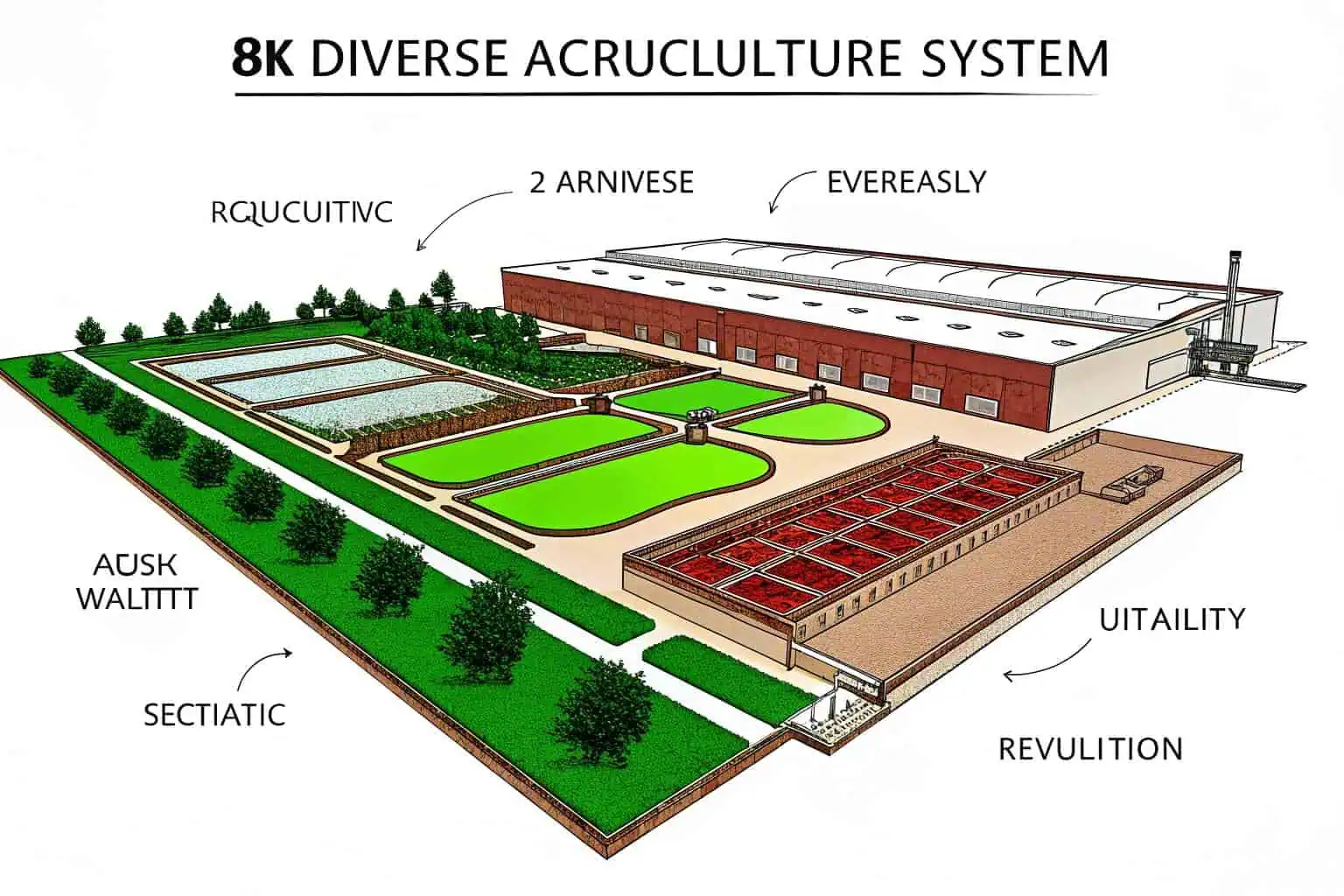
There is no single "best" system. The right choice depends entirely on your goals, the species you want to farm, your budget, and your location. I’ve seen successful operations using each of these methods. It’s all about aligning the system6 with the resources you have and the market you want to serve.
Ponds and Raceways
Ponds are the oldest and simplest form of aquaculture. They are essentially man-made lakes where fish are raised. They are low-cost to set up but require careful management of water quality. Raceways are a step up, consisting of long, narrow channels with a constant flow of fresh water. I’ve seen many trout farms7 use raceways because trout thrive in the clean, oxygen-rich water that these systems provide. They are more intensive than ponds and allow for higher stocking densities.
Recirculating Aquaculture Systems (RAS)
This is where the industry is heading, especially in areas with limited water resources. Recirculating Aquaculture Systems8, or RAS, are land-based, indoor tank systems that filter and reuse water. This gives the farmer complete control over the growing environment, from temperature to water chemistry. I am seeing a huge amount of investment in RAS because it solves many of aquaculture’s biggest challenges—it minimizes water usage9, prevents fish escapes, and can be located close to major markets, reducing transportation costs. The initial investment is high, but the long-term sustainability and control are unmatched.
| Feature | Description |
|---|---|
| Water Usage | Minimal; water is filtered and reused in a closed loop. |
| Control | Complete control over temperature, oxygen, and water quality. |
| Location | Can be built anywhere, including urban areas close to markets. |
| Cost | High initial investment, but lower long-term operational costs. |
Cages and Net Pens
Finally, we come back to cages, which we’ve already discussed. These enclosures, placed in existing water bodies, are a cornerstone of global aquaculture. They leverage natural ecosystems to raise fish, making them a cost-effective way to scale up production. At my company, Bancy, we recognize the vital role of cage culture. That’s why we focus on developing highly durable and customizable components for these systems, like our collapsible fish tanks10 and pond liners, to support farmers who use this widespread and effective method.
What types of cages are there?
You already know that cages can be floating or submersible, but there’s more to it than that. The materials used to build the cage and its overall shape are just as important for its function and durability. A cage is a system, and every component matters for the final result.
Aquaculture cages are also classified by their construction material and shape. Common materials include flexible and durable HDPE, strong galvanized steel, and biofouling-resistant copper alloys. Cages are typically designed in circular, square, or rectangular shapes to optimize for strength and water flow.
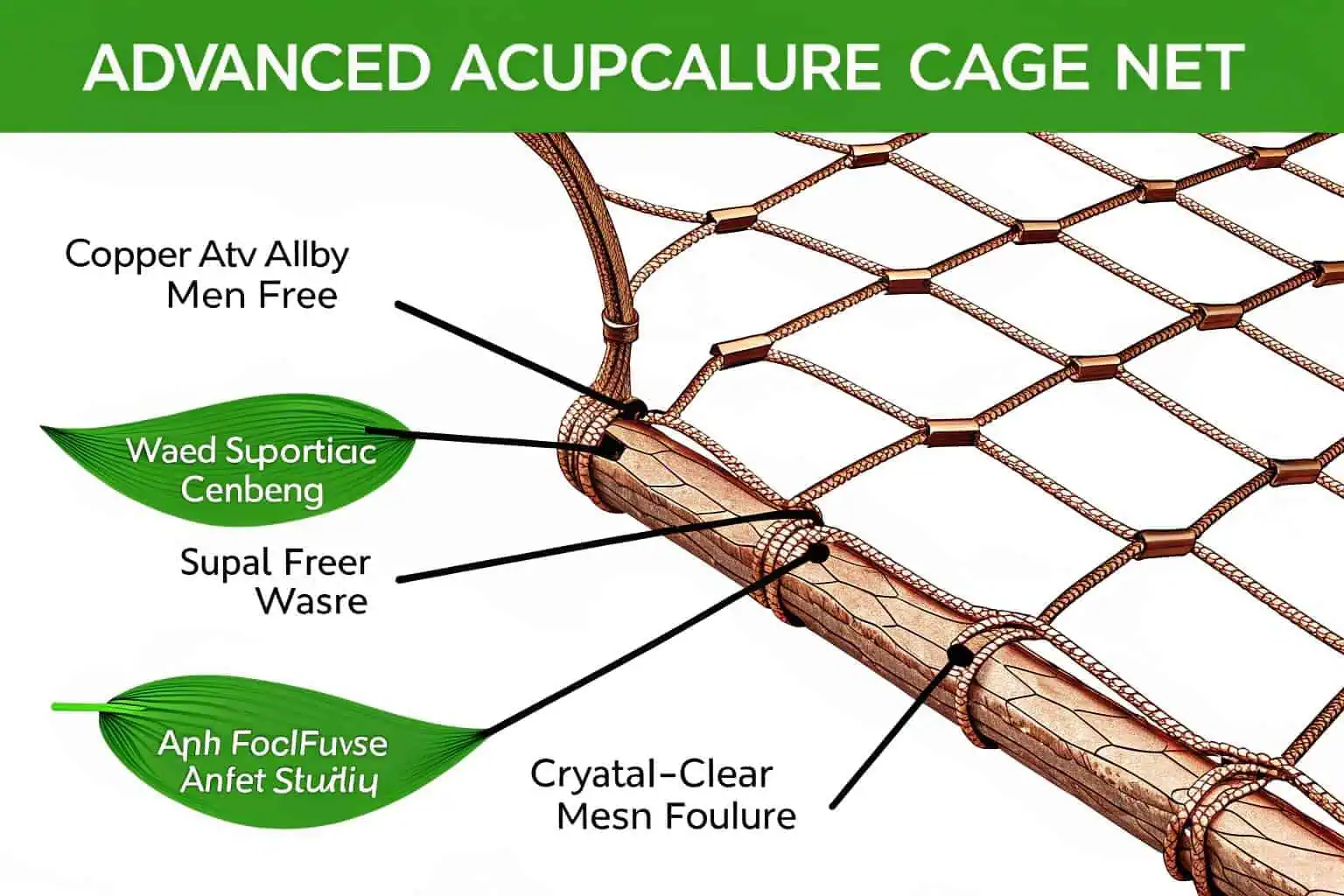
When I work with clients at Bancy to design a new system, the conversation always turns to materials and structure. This is where customization truly makes a difference. The right material can save you thousands in maintenance costs11, while the right shape can improve the health of your fish and the efficiency of your operations.
Material Matters
The choice of material impacts everything from the cage’s lifespan to how often you need to clean it.
- HDPE (High-Density Polyethylene)12: This is a very popular modern material. It’s a type of plastic that is strong, flexible, and highly resistant to saltwater corrosion. I’ve seen HDPE cages that have been in the water for over a decade and are still going strong. It’s a reliable, all-around choice.
- Steel13: For massive offshore operations that need to withstand incredible forces, galvanized or stainless steel is the way to go. Steel frames provide the rigidity and strength needed to support huge nets in powerful ocean currents.
- Copper Alloy Mesh14: This is one of the most exciting innovations I’ve seen in recent years. Biofouling—the growth of algae, barnacles, and other organisms on the nets—is a huge problem. It restricts water flow and stresses the fish. Copper alloy mesh naturally prevents this growth. It’s a bigger upfront investment, but it dramatically reduces the need for costly and labor-intensive net cleaning.
Shape and Structure
The geometry of the cage also plays a key role.
- Circular Cages: These are the standard for most large-scale offshore farms. A circular shape is structurally very strong and handles stress from waves and currents evenly. This makes them stable and reliable in rough conditions.
- Square/Rectangular Cages15: These shapes are often preferred in calmer, near-shore sites. They are very space-efficient, as you can arrange them in a tight grid. This makes them easier to service and allows you to maximize the number of fish you can raise in a given area. Our Bancy collapsible fish tanks use this rectangular design principle for exactly this reason.
| Shape | Best For | Key Advantage |
|---|---|---|
| Circular | Offshore, high-energy sites | Structural strength, handles currents well |
| Square/Rectangular | Near-shore, calm sites | Space-efficient, easy to service |
What are the different types of layer cages?
You might hear the term "cage" and immediately think of chicken farming. It’s a common point of confusion, but getting it wrong can send you down a completely incorrect research path. It’s important to understand that layer cages and fish cages are two entirely different things from separate industries.
Layer cages are wire enclosures used in the poultry industry to house egg-laying hens, not fish. Their design is focused on simplifying feeding and egg collection on land. This term is exclusive to chicken farming and is completely distinct from the aquaculture cages used to raise fish in water.
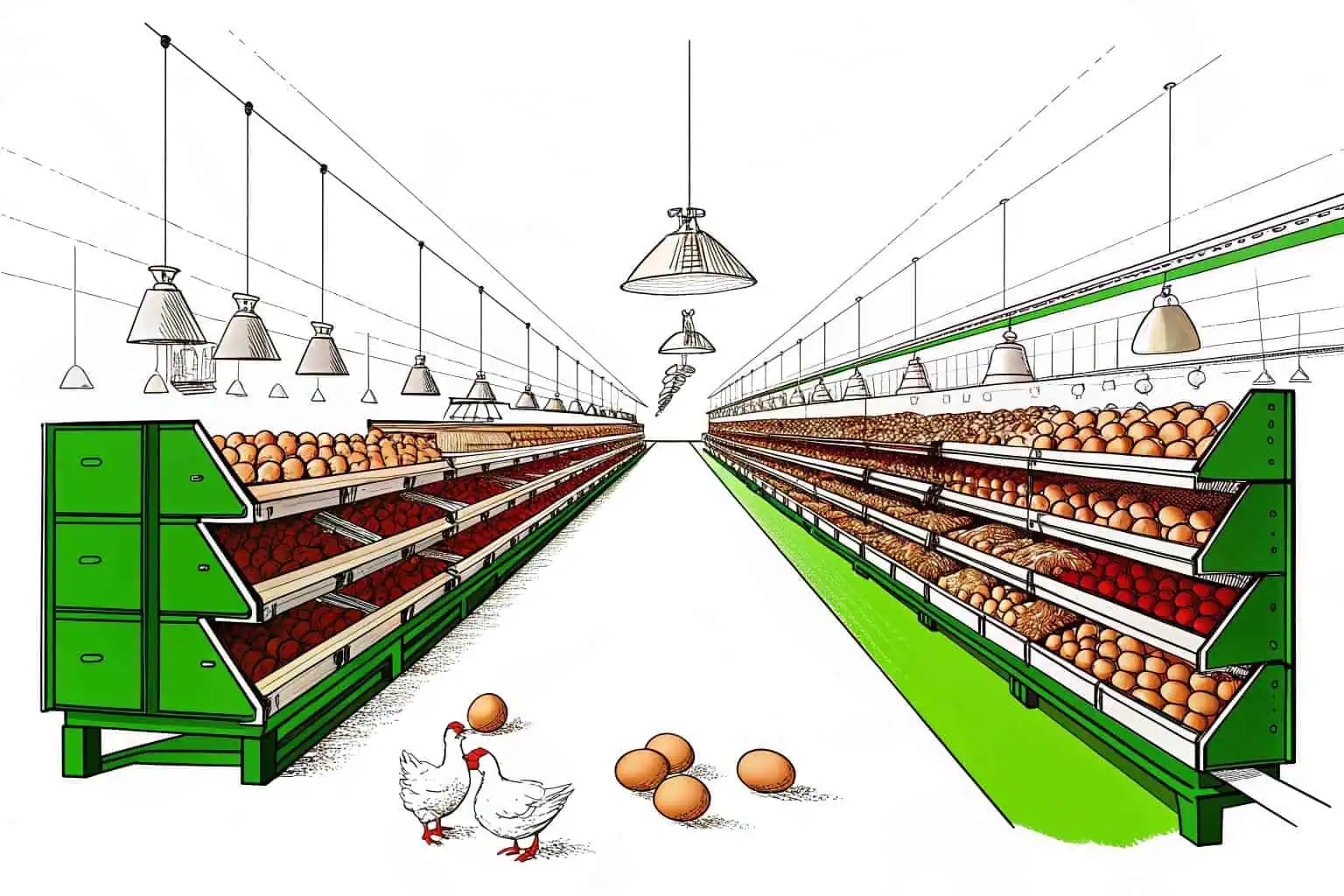
I’ve had this question come up before from people new to aquaculture, so it’s worth taking a moment to clear it up. The only thing layer cages16 and fish cages have in common is the word "cage." Beyond that, they are worlds apart in their design, purpose, and the environment they operate in.
Layer Cages vs. Fish Cages
The fundamental difference is their purpose and environment. Layer cages are designed to keep birds in a controlled, dry environment on land. The main goals are to manage the birds efficiently and make collecting eggs as simple as possible. They are typically made of simple wire mesh. In contrast, fish cages17 are complex pieces of engineering designed to contain fish safely within a dynamic, aquatic environment. They must withstand waves, currents, corrosion, and potential predators. One is a simple terrestrial housing system; the other is a sophisticated marine technology.
Back to Aquaculture Enclosures
So, let’s bring the focus back to fish. The key takeaway here is that aquaculture enclosures18 are highly specialized pieces of equipment. They are engineered to solve specific challenges related to farming animals in water. At Bancy, our expertise is firmly in aquaculture. We provide robust, customized solutions19 like our frame-supported fish tanks and flexible water bladders. These products are designed and built specifically for the demands of water containment and aquatic life support20—a completely different world from poultry farming. Understanding this distinction is crucial for anyone serious about entering the aquaculture industry.
Conclusion
Aquaculture cages are essential for the future of sustainable seafood. From simple floating designs to advanced offshore systems and land-based tanks, the right enclosure is critical for success. Understanding these diverse options empowers farmers to make the best choice for their business and our planet.
-
Explore this link to discover essential strategies and insights that can enhance the success of fish farming operations. ↩
-
Learn about the risks associated with floating cages during storms and how to mitigate them. ↩
-
Discover the advantages of submerged cages and their role in sustainable aquaculture practices in open ocean settings. ↩
-
Exploring the best environments will guide you in selecting the optimal location for your fish farming operations. ↩
-
Understanding the key advantages can help you choose the best cage type for your fish farming needs. ↩
-
Understanding how to align your farming system can enhance productivity and profitability. ↩
-
This resource will provide valuable insights into effective trout farming techniques and water management strategies. ↩
-
Explore this link to understand how RAS can revolutionize aquaculture with sustainable practices and efficient resource management. ↩
-
Learn more about the significance of water usage in aquaculture and its role in promoting sustainability and environmental conservation. ↩
-
Discover the advantages of collapsible fish tanks for aquaculture, including space-saving features and ease of transport. ↩
-
This resource will help you understand the impact of material choice on long-term maintenance expenses, crucial for any project. ↩
-
Explore the advantages of HDPE, a durable and corrosion-resistant material ideal for marine environments. ↩
-
Exploring this resource will provide insights into steel's strength and durability in marine environments, essential for informed decisions. ↩
-
Learn how copper alloy mesh can significantly reduce maintenance costs by preventing biofouling. ↩
-
Learn why Square/Rectangular Cages are ideal for near-shore sites, focusing on their space efficiency and ease of servicing. ↩
-
Understanding layer cages is essential for anyone interested in aquaculture, as they play a crucial role in poultry farming. ↩
-
Discover the engineering behind fish cages and how they protect fish from environmental challenges. ↩
-
Explore this link to gain insights into effective design strategies for aquaculture enclosures, ensuring optimal conditions for aquatic life. ↩
-
Explore this link to discover innovative customized solutions that enhance aquaculture efficiency and sustainability. ↩
-
Explore this resource to gain insights into effective techniques and innovations in aquaculture that ensure optimal conditions for aquatic life. ↩